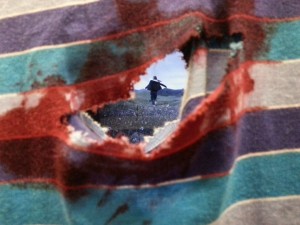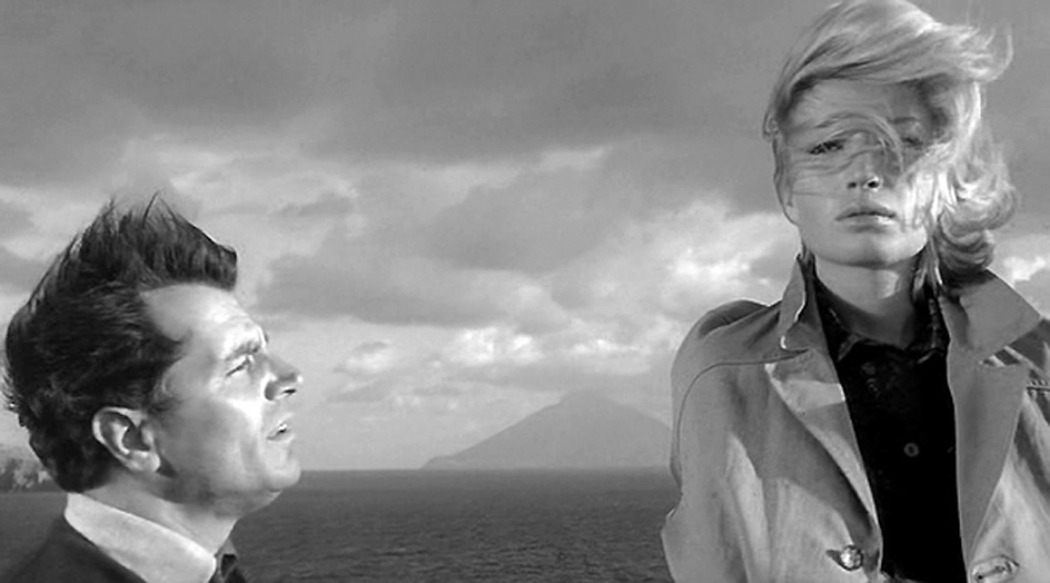This week was all about the auteur theory. Coming from the French word for author, the theory suggests that a film is the realisation of the creative vision of the director; basically, that the director is the driving creative force behind the project.
We started off by questioning whether it was fair to attribute all of the creativity in a film to the director – surely the writer, editor, cinematographer etc. were equally important to the creative process, weren’t they? This was especially important in considering classical Hollywood, when directors were on-contract and treated much more like employees, with specific roles to fulfill and much less creative license.
The studio system was an important consideration when questioning the auteur theory as it has historically been seen to somewhat limit directors’ creativity. Can a film truly be said to have been the creative vision of a director if it has been altered to suit studio requirements? And, in the context of popular cinema that seeks to be liked, audience expectations?
It was with this in mind that we turned to our case study for this week, Alfred Hitchcock’s 1960 slasher classic, Psycho. Hitchcock’s film was like none ever seen before, constructing an undercurrent of violence and deviance that shocked an audience unused to seeing these themes depicted on screen. Both the censors and Hitchcock’s production studio Paramount were understandably worried by the pitch, leading to many alterations from Hitchcock and a significant financial input on his part (resulting in a much lower overall budget than he was used to working with). With these concessions in mind, was Psycho actually Hitchcock’s vision?
Psycho also provided a good way to look at the auteur theory through the lens of narrative conventions. If all popular cinema films rework key concepts (as is one of the key contentions of this course), perhaps the auteur theory fails because very little of a film’s content can be said to have been created originally by the director. In the case of Psycho, this perhaps was not the case as the film was quite novel, and yet if we were to say that about Psycho we might have to exclude it from the popular cinema canon by our definition of what makes a popular film.
This conversation was complemented nicely by the group who presented today, as they focused on the 1996 reflexive slasher-comedy Scream. In addition to Scream being a slasher like Psycho, it also worked nicely into our discussion as the group talked a lot about narrative conventions and self-awareness of originality. Scream creates humour and interest through its characters’ frequent references to the cliches of the horror movie genre and their application of those stereotypes to their own situation. This made for some interesting thinking around originality and the importance of the auteur; is Scream original in its almost-broken-fourth-wall subversion of these stereotypes, or is it subscribing to them? Is the concept of self-referential subversion all that original anyway?



